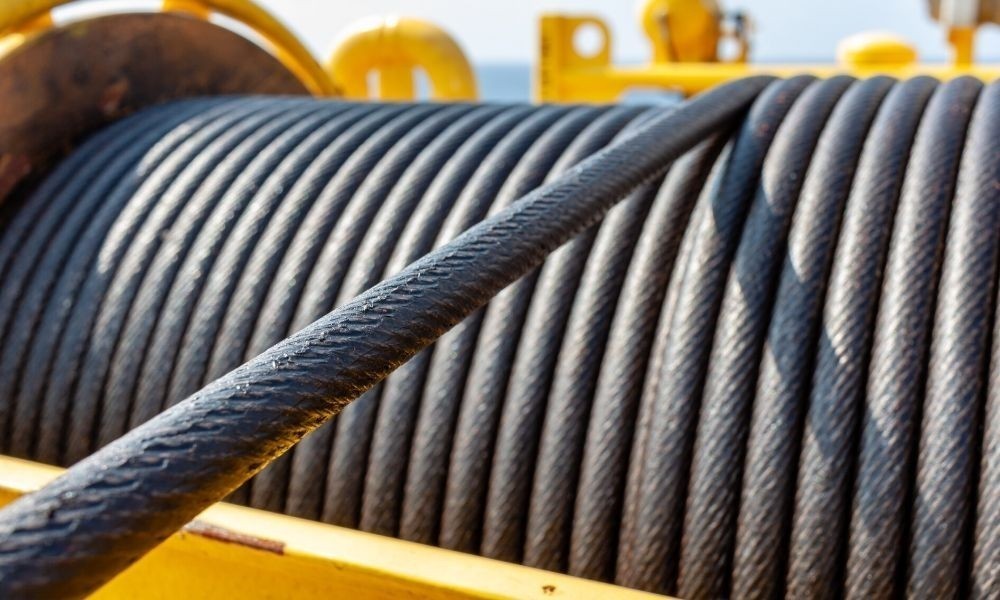How to Choose the Right Winch

Being able to pull heavy loads across a jobsite is just as important as being able to lift them into position. It’s for this reason that while most of your jobs will involve a hoist rather than a winch, they’re still crucial to the overall job process. You never know when you’ll need to transport things large distances or be short on manpower and require the extra muscle. This is how to choose the right winch and ensure its reliability when you need it most.
Consider Winch Strength Capacity
Just like with all lifting and rigging equipment, one of the first factors to consider when buying a winch is how strong you need it to be. Winches have a wide variety of capacity options, so it’s essential that you’re getting one that can handle the stress of the loads you typically have to carry. It’s recommended that you purchase a winch that can pull up to twice the weight you transport on average. This way, you can guarantee that your winch can withstand the weight if you should need to exceed that of a standard load.
Think About Winch Powering Method
You’ll also want to decide which winch’s powering method is best for your jobs. The way a winch is powered affects how it operates overall and, in turn, plays a role in how it performs. So you’ll need to think carefully about what the winch will be doing as you weigh your options. Winches can either be electric or hydraulic powered. Electric models are known to have a faster winding speed and are often easier to install. Hydraulic winches are considered to be more reliable because they aren’t as affected by low battery or damp weather conditions.
Decide on the Best Type of Line
If there’s anything as important as the strength of your winch, it’s the durability of the line that’s doing most of the work. While the majority of these systems come standard with steel cable, you also have the choice of using synthetic line if your winch is compatible with it. Steel cable is very popular for its strength, longevity, and resistance to cuts and abrasions. However, this cable, should it snap under access pressure, could also become a safety risk to those in the immediate vicinity. Synthetic line, on the other hand, is lighter and stronger when pulled in one direction. Unfortunately, it can be easily cut, burned, or damaged by the elements.
